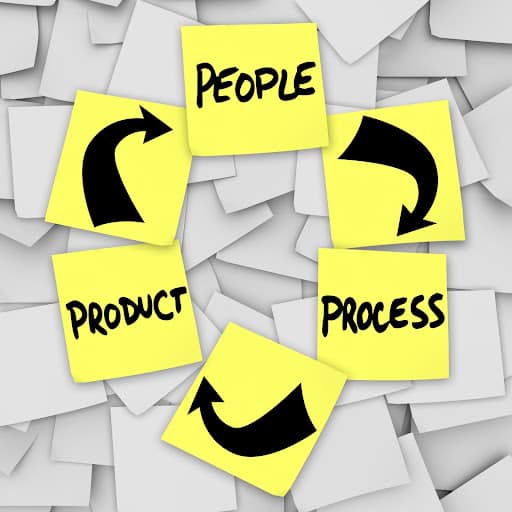
It’s not simple to talk about empowered product teams, so let’s start by defining what an empowered product team is and how to tell if you have one. Many businesses want to adopt empowered product teams, yet they are frequently misunderstood or poorly handled. Being responsible for the success of a product is what ownership entails. Do you have business outcomes for success metrics, or are your success measures focused on output? In an output-driven society, delivering thousands of lines of code that add nothing to the bottom line would be considered a success.
Even if you worked together and bargained with stakeholders to come up with this list, it’s still an output-driven strategy. Your job in that environment is to deliver these features, but no one can know ahead of time if they are the proper features to construct at the time.
In an empowered product team, the product manager consults with stakeholders on the most critical and urgent challenges to tackle, rather than on the specific features to create over the year. It concentrates everyone’s thoughts on the result. Your understanding of what works and doesn’t grow as you build, release, and measure iteratively. As a result, the plan must be a live document that provides maximum transparency to all stakeholders.
What Are The Benefits Of Empowered Teams?
As a product manager, this sounds wonderful and “empowering,” but do stakeholders know what needs best because they are the specialists in their fields? Yes, they are, but they are only familiar with their particular business area, and none of them are likely to be digital professionals.

The sales unit will ask you to build things that sales leads have placed an order for. To better target customers, the marketing team will ask for personalization. The list goes on. If all of your ideas are focused on the product’s major problems and how to solve them, you’ll get better results.
A product team with complete authority to develop solutions to the agreed-upon questions challenges may better judge what to construct. The four most important questions are:
- Is this useful to customers in the sense that it solves a genuine problem for them?
- Is this a realistic business strategy? Does this fit within our company’s parameters, or may it, for example, have tax or legal ramifications or harm our brand in any way? Stakeholders are needed to provide their knowledge.
- Is it viable from a technological standpoint? Do we have the technical know-how and platforms in place to accomplish this at a reasonable cost?
- Is it possible to use it? Answer this question with design skills and usability testing.
As you can see, finding the proper answers to these four questions necessitates the participation of the whole product team and stakeholders who can add their experience.
As a result, the word “empowered” relates not only to product ownership but also to the ability of each team member within a product team to contribute to the identification. The best solution for a product manager is to make it easier for stakeholders to collaborate and for the team to find answers. Your involvement is critical in achieving positive results, but it does not include telling your team what to construct. Product Manager Jobs will make the business more convenient, and the product manager should be a very responsible person.
How to Build a Self-Assured Team?
Many businesses want product management to play a more significant role in their operations. It is described as “digital transformation,” “agile transformation,” “business agility,” and even “customer value streams.” It acknowledges that advising development teams on what to construct does not always result in good results.

When forming agile teams with an agile product owner, many firms even adopt product management for the first time. However, establishing or transitioning to a fully empowered product team is not simple. Stakeholders may be apprehensive at first because they may believe that some of their influence over what is built is being taken away. It is critical to engage them regularly to demonstrate that their subject matter knowledge is still highly appreciated and contribute to the priorities set.
In addition, agile product owners in existing teams may be very junior individuals who are only doing their tasks.
When it comes to making judgments about what to develop, the agile literature is silent on the role of an agile PO. It might be intimidating for a PO to take on the product manager role and assuming fundamental responsibility for the product, requiring training and coaching.
Empowering teams requires management support as the product is raised into a more senior role in this model. Communication with stakeholders is critical, but demonstrating is much more vital than telling. One technique is to agree on a small but significant problem, set a success indicator, and quickly tackle the problem with a creative (small) solution.
It may swiftly demonstrate the problem – solution – success metric loop and build trust.
It will take a long time for stakeholders and management to recognize the benefits of this strategy and learn to trust you if you start with a comprehensive website revamp or technology migration as your first challenge to tackle as an empowered team.
Conclusion
To conclude, many companies will claim to have a strong product management discipline, but this isn’t always the case when looking behind the scenes. Those that succeed are often more creative, quick, high-quality, agile, and adaptable than their competitors. In today’s fast-paced world, all of these are necessary. PALARINO PARTNERS excels in putting together top-notch product management teams. It will ensure that your product is a massive success in your company. PALARINO PARTNERS will march your company to triumph.














